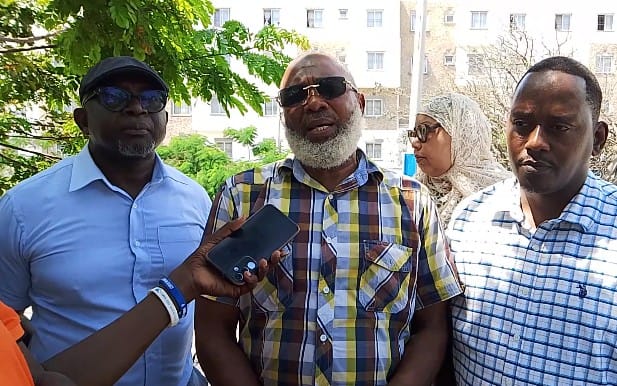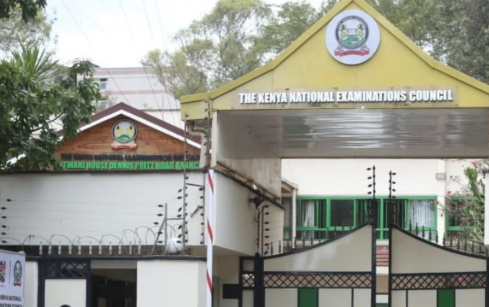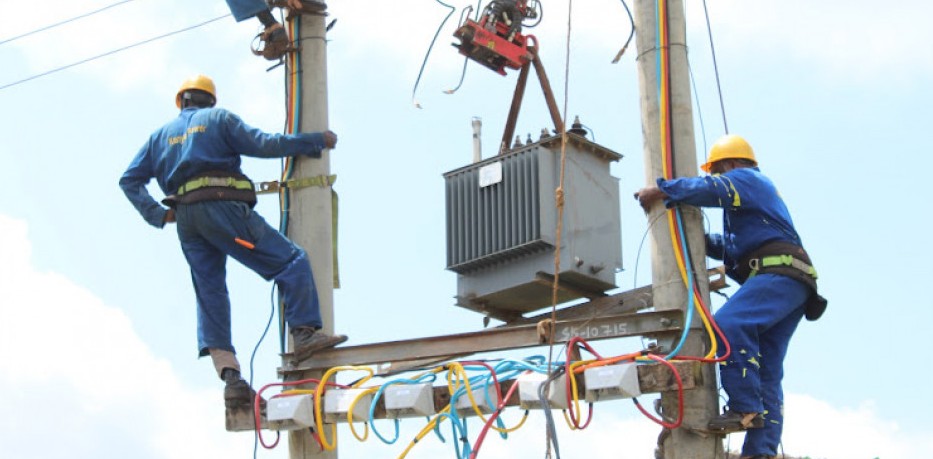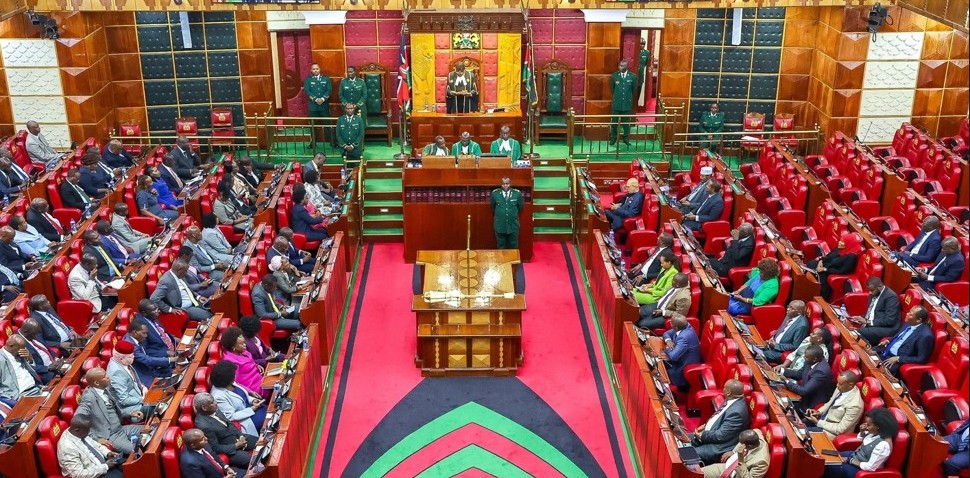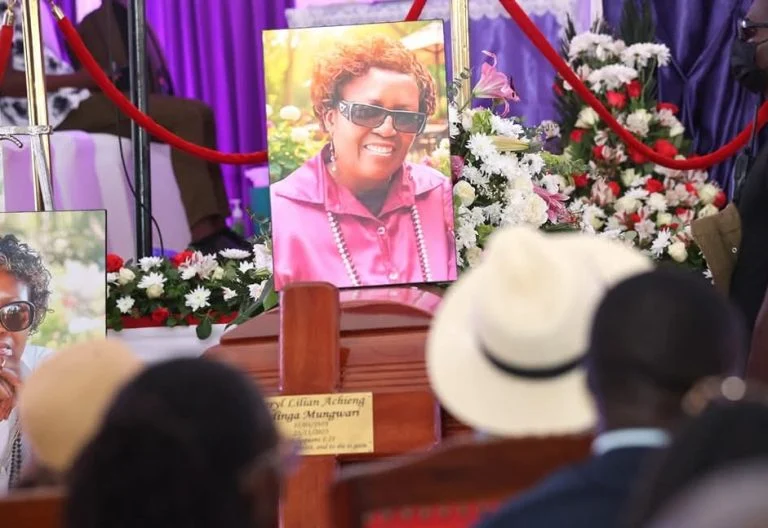Students biometric system at Eastleigh High School puts parents, teachers at ease
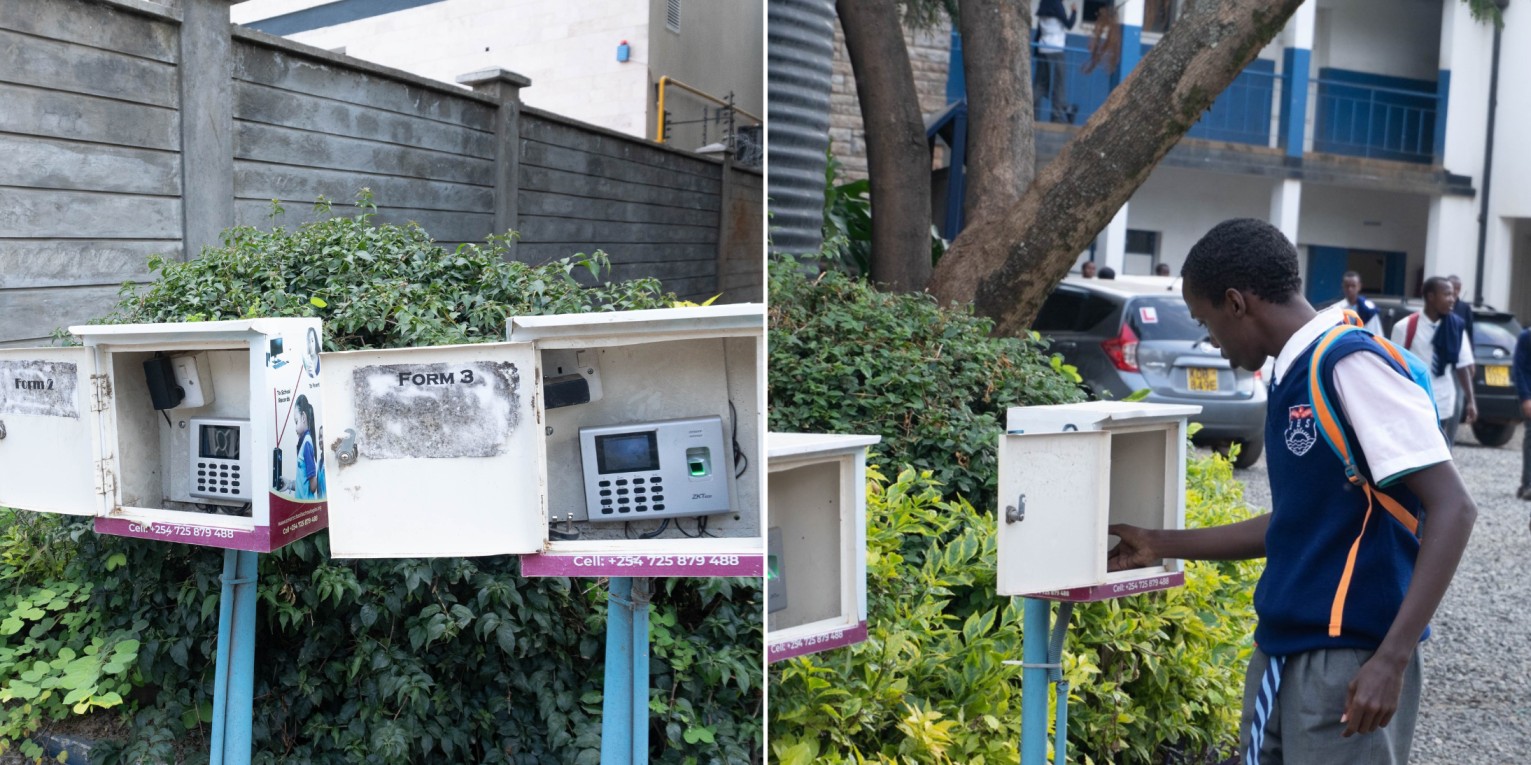
With the new system, the school would note the students who failed to attend school and then call their parents to confirm if they had left home in the morning.
At the entrance of Eastleigh High School in Nairobi, biometric fingerprint sensors have been strategically installed to capture the fingerprints of all students to monitor their attendance. They are securely housed in strong metal boxes to protect them from rain and any potential damage.
Parents and teachers of the school once shared a common worry —the uncertainty about the students' whereabouts during school hours.
More To Read
- How community initiative is reviving Eastleigh’s cricket legacy
- CBE curriculum spirit alive in Eastleigh as parents lead new wave of youth football development
- Muslims across Kenya mark Eid-ul-Adha with prayers and sacrifice
- Eastleigh's love for football finds a new home on artificial pitches
- Eastleigh High School closed indefinitely after student protests over Mosque construction
- Duale pledges to revive Michuki's environmental plan
However, with the Students Time Attendance Parent Alerting System (Stapas) technology, both parents and teachers are now at ease, assured that student’s whereabouts can easily be known.
According to the school’s Principal Samuel Kimathi, the installation of Stapas was triggered by a high rate of absenteeism among students.
He said some students would occasionally skip school, prompting the institution to install the biometric system. This revolutionised how students’ attendance was monitored and ensured a more accountable school environment.
With the new system, the school would note the students who failed to attend school and then call their parents to confirm if they had left home in the morning.
According to the principal, the biometric system has significantly reduced instances of unexplained absences as it is a reliable way of tracking school attendance.
He added that one of the key features of the system is its integration with parents' mobile phones.
Each time a student checks in or out, a notification is sent to their parents, informing them of their child’s arrival and departure times.
“This not only reassures parents about their child's safety but also allows them to monitor their punctuality and attendance in real-time,” Kimathi said.
Deputy Principal Nicodemus Kalugho said when a student is first admitted to the school, they are registered in the system, which then links to their parent’s phone.
 A student at Eastleigh High School signs out of school through a biometric security system at the main gate. on June 12, 2024. (Photo: Justine Ondieki/EV)
A student at Eastleigh High School signs out of school through a biometric security system at the main gate. on June 12, 2024. (Photo: Justine Ondieki/EV)A student at Eastleigh High School signs out of school through a biometric security system at the main gate. on June 12, 2024. (Photo: Justine Ondieki/EV)
Every day when they report to school, each is required to log in at the gate using his fingerprints. The information is then processed into a text message that is immediately relayed to the parent.
According to Kalugho, if a student does not clock in within 24 hours, a message is automatically sent to the parent stating that he did not report to school. The data is also automatically saved in a secure database.
Kalugho said before the introduction of the digital fingerprint sensors, recording the arrival and departure times of the school’s over 1,000 students was a difficult task.
Teachers would rely on traditional methods like roll calls and sign-in sheets, which were not only time-consuming but also prone to errors and manipulation.
“This often led to discrepancies in attendance records and challenges in ensuring that students were present in school as required. So we scaled up the system to enable teachers to easily handle students' records,” he said.
He added that the system has not only addressed safety concerns but has also promoted punctuality among students, and that this is a positive step towards instilling responsibility and accountability.
Parents can also determine the time their child takes between school and home.
Parents who spoke to The Eastleigh Voice said they appreciate the newfound ability to keep track of their children’s school attendance.
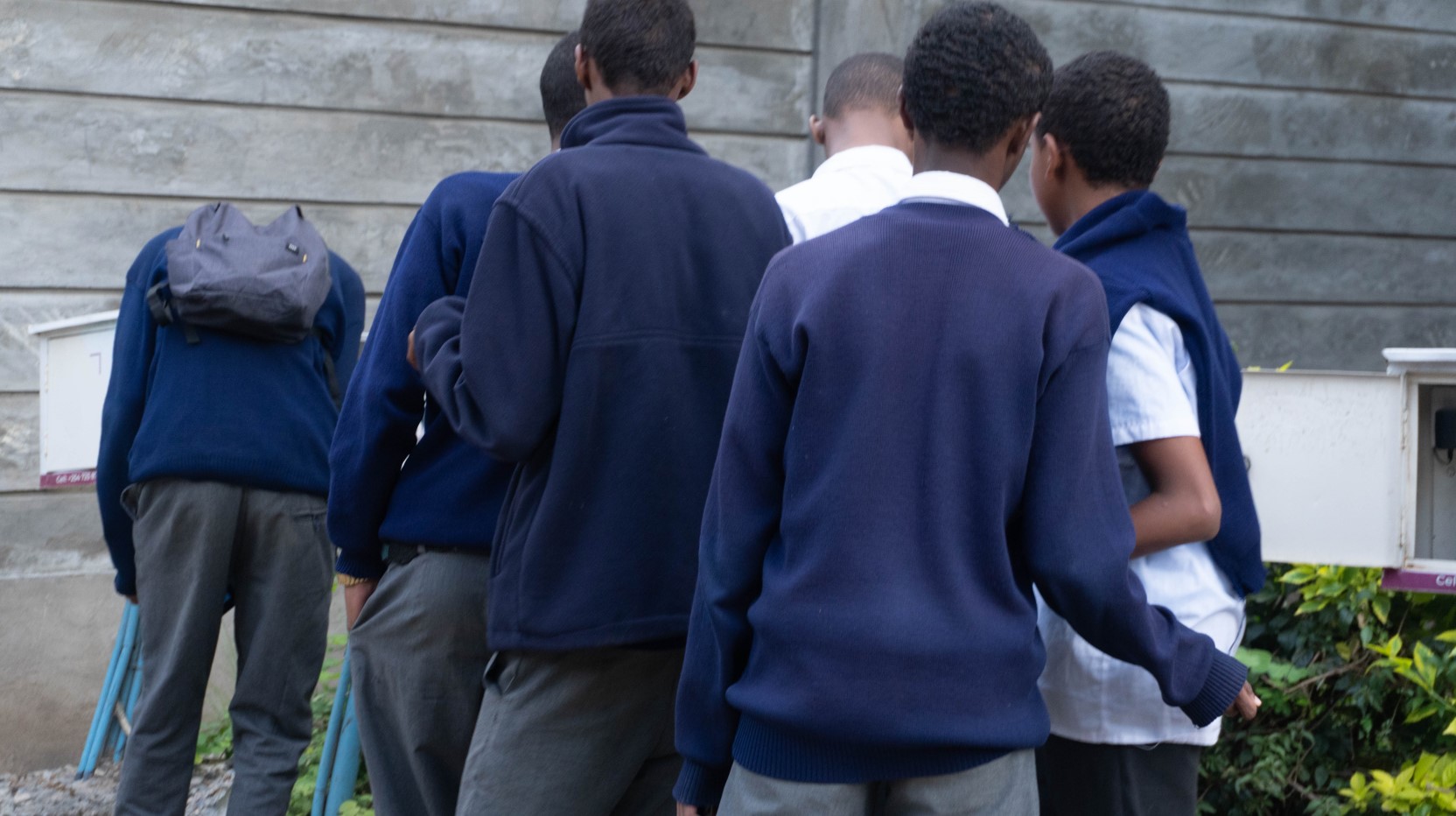 Students queue to sign in via biometric systems at the main gate of Eastleigh High School on June 12, 2024. (Photo: Justine Ondieki)
Students queue to sign in via biometric systems at the main gate of Eastleigh High School on June 12, 2024. (Photo: Justine Ondieki)Students queue to sign in via biometric systems at the main gate of Eastleigh High School on June 12, 2024. (Photo: Justine Ondieki)
“It’s reassuring to know exactly when my son gets to school and when he leaves. It gives me peace of mind, especially knowing how busy Eastleigh is,” said Abdul Juma, a parent of a Form Two student.
He noted that since the introduction of the system, his son has been arriving at school early and returning home early.
While the new system has been largely successful, it has not been without challenges. Some technical issues, such as occasional glitches in the fingerprint sensors and the need for regular maintenance, hinder its full implementation.
Some students also complained that the system sometimes rejects their fingerprints. However, the school’s administration said it is committed to addressing the issues promptly.
In addition to the technical challenges, some students expressed mixed feelings about the system.
According to a Form Four student, some feel like they are being watched all the time. Another said the occasional failure of the fingerprint sensors frustrates them.
Eastleigh High School's adoption of biometric fingerprint sensors is part of a broader trend of integrating technology into education to improve efficiency and safety.
Schools in various parts of the country, such as State House Girls High School, Alliance High School, Maseno School, Maranda High School, and Meru School, have also implemented similar systems, reflecting a growing recognition of the benefits of digital attendance tracking.
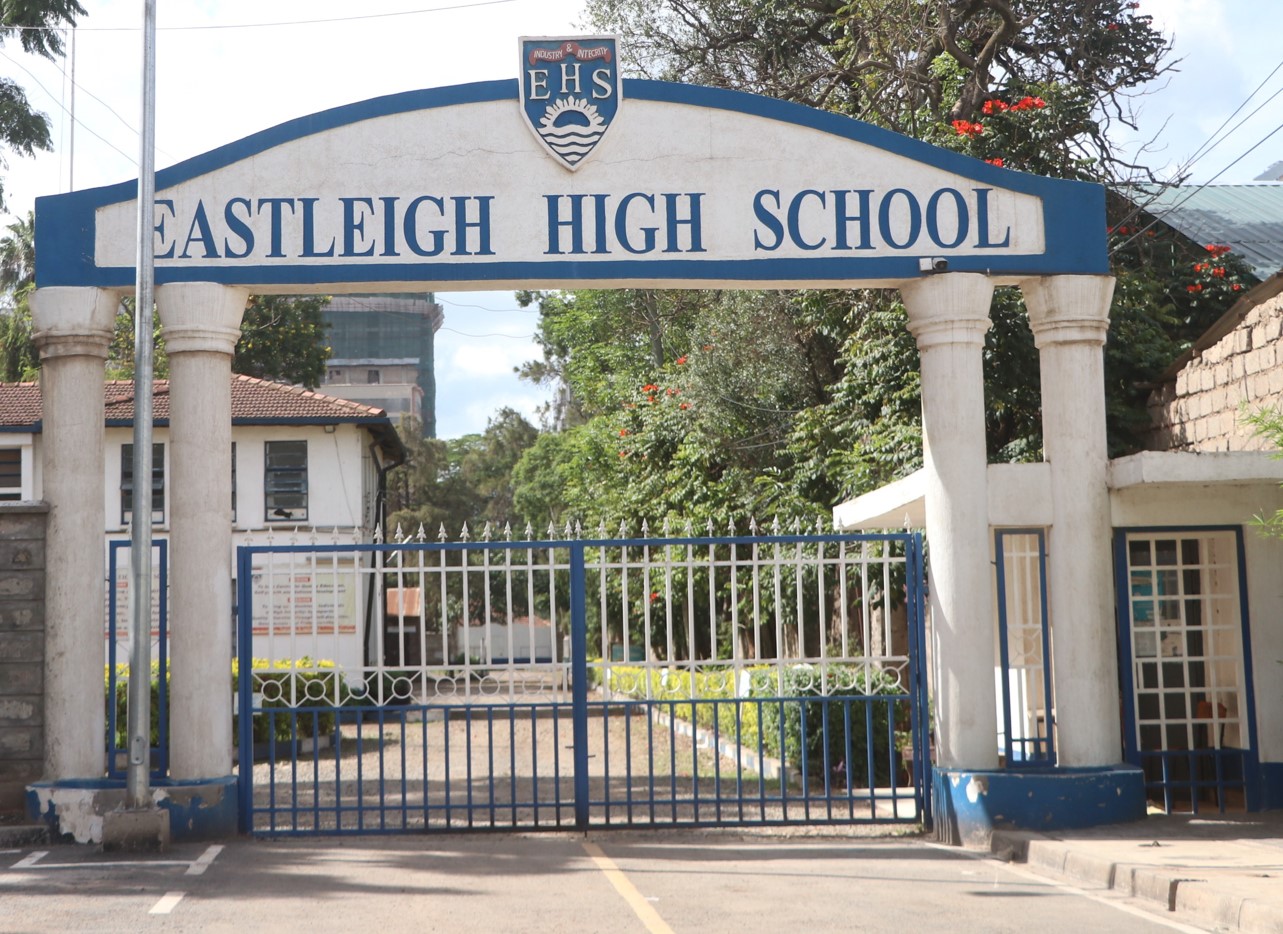 The main entrance to Eastleigh High School in Kamukunji, Nairobi. (Photo: Justine Ondieki)
The main entrance to Eastleigh High School in Kamukunji, Nairobi. (Photo: Justine Ondieki)The main entrance to Eastleigh High School in Kamukunji, Nairobi. (Photo: Justine Ondieki)
Top Stories Today
